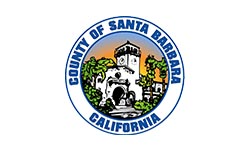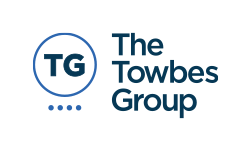Marketing Strategy vs Marketing Tasks
 When most small business owners think about marketing their business, a punch list of potential marketing activities usually comes to mind. “I need to update the web site, get a FaceBook page and maybe I should try advertising on the side of buses,” they think to themselves. This is the wrong approach to marketing. Here’s why…
When most small business owners think about marketing their business, a punch list of potential marketing activities usually comes to mind. “I need to update the web site, get a FaceBook page and maybe I should try advertising on the side of buses,” they think to themselves. This is the wrong approach to marketing. Here’s why…
Instead of a punch list of potential marketing tasks, you should create an actual marketing plan. What is the difference and why does it matter? A marketing plan starts with a marketing strategy, which is a thoughtful approach to marketing your business. A marketing strategy enables you to generate and measure the effectiveness of your marketing activities. If you have a marketing strategy, you can always generate more marketing tasks, but if your marketing plan is only a list of tasks then your plan ends when you run out of tasks.
Here is an example of a strategy versus just a list of tasks.
List of Tasks for marketing a Veterinarian
- put an ad in the yellow pages
- put an ad in the newspaper
- sponsor the local little league
- call around to some of the local pet sitters
- contact the animal shelter

Example of a potential Strategy for a Veterinarian
“At ABC Animal Care, we intend to become the city’s most well-known and most frequently referred vet. We will do this by marketing to both the individual consumer as well as to potential referral sources. On the consumer side, we will try various approaches to building awareness including advertising, PR and sponsorship and measure each to determine which are most effective. On the referral side, we will identify all potential referral sources, create directed marketing and sales campaigns targeted at these referral sources and measure the response of each.”
As you can see, the marketing strategy is much more well-thought out. Some of the same tasks might be generated from this strategy as were noted in the list of tasks, however there is a much better focus. And if the first set of tasks generated by the strategy don’t pan out, you can always go back to the strategy and generate a new list of tasks.
The strategy is more focused, less haphazard and is self-correcting. From the strategy, you can set specific goals in terms of new customers or additional revenue and track your progress towards these goals. You can also create a list of tasks that are prioritized and begin executing those tasks according to a timeline. The strategy plus the goals, tasks and timeline that it generates, make up the foundation of your marketing plan.
Next time we’ll talk about other aspects of a great marketing plan.

































